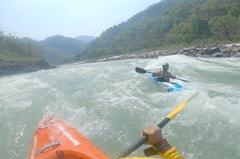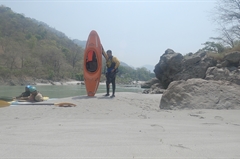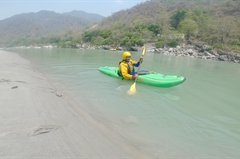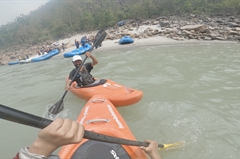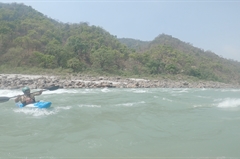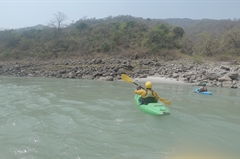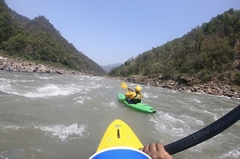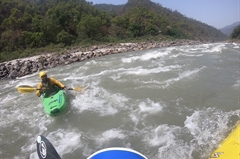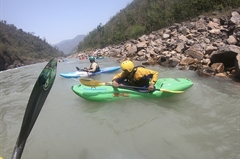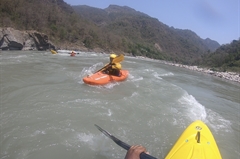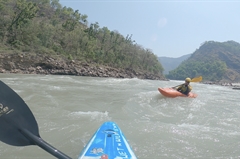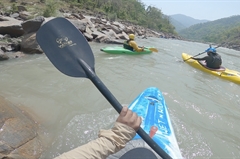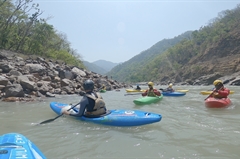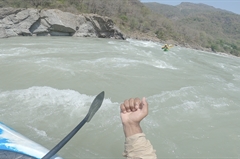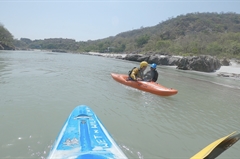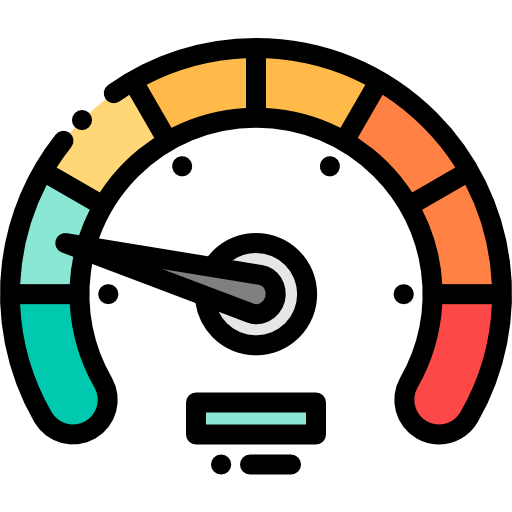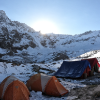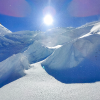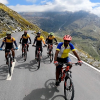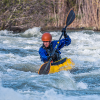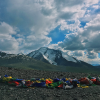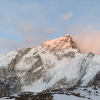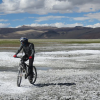Integrated Basic Kayaking Course
Basic Kayaking Course + Eskimo Roll Workshop
Available Batches
Description
Brief Itinerary
Detailed Itinerary
Day 1
Practice at Neem Beach
Duration: 5 hours (9 AM to 2 PM)
Today is the first day of the course where instructors introduce us to the basics of kayaking on the shores and shallow waters of Neem Beach, Ganga.
If you are coming via Dehradun, the fastest, easiest, and most economical way to reach Rishikesh is by taking a local bus from the Dehradun ISBT bus terminus. The travel from Dehradun to Rishikesh is not included in the course fee.
We advise you to please book your hotel near tapovan area on the Badrinath highway, so that you can easily walk upto the pickup spot. We provide pickup from only one spot. In case you have any doubt please discuss with our team before booking your hotel.
If you are reaching Rishikesh on the same day please plan in such a way to reach your hotel by 8:30 AM. Once you settle down and freshen up, you can meet the rest of your course mates at the pickup spot.
The kayaking instructor picks us up at 9 AM and takes us to Neem Beach, a sand settlement on the shores of Ganga. After a 10 minute ride to Neem Beach, we offload our kayaks and walk towards the shore. The instructors start the day with a proper briefing session and demonstrations.
The first and foremost topic for the day is knowing your kayak. A kayak is a simple and sturdy watercraft designed to keep you comfortable and safe on the water. Knowing the kayak is like knowing our own body. Learning the different parts of a kayak and their functions helps understand the craft better thereby improving your performance. Once familiar with the anatomy of the kayak, we move on to the second step - how to attire for white water kayaking.
We all get a special kit today with kayak clothing and accessories from the instructors. It contains a wet suit, helmet, footwear, spray deck, life jacket, and splash jacket. After getting dressed, we move into the shallow waters for a dip. The water relaxes the wet suit, stretches the fabric, and makes it more flexible. This is followed by demonstrations of how to get into a kayak, how to launch your kayak in the water, and how to get out of one. The above steps are simple yet tricky for beginners. They tend to slip and fall on the sand. Do not worry; falling is part of the fun here. Remember, it is not about grace or style - it is all about learning. The more you fall, the better you understand the concepts. The instructors will guide you every step of the way so as to practice these techniques safely.
If you have successfully entered the waters, it's time to learn how to paddle. The paddle strokes and techniques are the first integral lessons taught on water. It starts from how to hold the paddle, how to paddle in a straight line, how to turn and how to balance. We repeat this several times until it becomes a part of your muscle memory. The final fun-filled lesson for the day is a wet exit. A wet exit is a technique used to come out of a kayak underwater. The instructors make us roll or flip our kayaks and train us to release ourselves underwater. The cool water currents of Ganga sure are refreshing.
We practice and repeat the techniques mentioned above till 2 pm, close the day with some healthy refreshments, and return to the accommodation in the same cab.
Day 2
Practice at Neem Beach & River Run
Duration: 5 hours (9 AM to 2 AM)
Get ready to experience true freedom. Today you go on your first river run from Neem Beach to Janki Setu. This stretch is a total of 8 km and also takes you through your very first class 1 rapid which goes by the name of Hill-Turn.
Before we start, let us look at some seemingly technical words - rapids and river runs – what are these? A rapid is an exciting section on the river where the mainstream flows with extreme force creating mixed currents and wild waves. According to their intensity, they are classified from class 1 to 5 and above. River run refers to cruising for long distances on white-water rivers using kayaks. Class 1 rapids are the platforms for beginners to get introduced to the world of fun and freedom.
We reach Neem Beach around 9 AM, suit up and get on the waters. For the first two hours, we repeat the basics we learned on the first day. Kayaking is an intuitive sport, and strong intuition is gained from continuous practice. The first surprise of the day comes at the end of 2 hours when the instructors level up and take us through a new set of techniques.
We start off with T-rescue, a unique technique used to rescue kayakers on white-waters. Suppose you flip over while cruising on rivers; T-rescue helps you resurface. Learning T-rescue demands rolling over and going underwater many times for practice. The blurry sight underwater might be frightening in the beginning. Just relax and start counting; it will help you maintain focus. An external kayak will quickly connect with you in a perpendicular. Hold the bow of the other kayak and raise yourself back to the surface. This process looks like a T from a distance, giving it the name T-rescue.
This is followed by ferrying. Ferrying is crossing from one side of the stream to the other. Kayakers use ferry methods to turn their boats and get into rapids using the flow of the water.
The third technique is bracing or high bracing which is absolutely thrilling. High braces are used to maintain balance on the water. If the boat slants or flips, use your paddle to brace the water and return to the base form gently. Leaning is another technique that helps control your kayak's balance and speed. Lean forward while going ahead and lean backward while paddling back. This position adds stability and holds the center mass of your body.
We practice all the techniques for 2 more hours until we get ready for the ultimate surprise of the day, the river run! We enter into the main flow of the river stream and kayak for 8 km under the iconic bridges, Lakshman Jhula, Ram Jhula, and Janki Setu. The instructors will paddle close to us and guide us throughout the journey. Just focus on maintaining a line and paddle with better strokes.
Follow the instructors and paddle into the main water current. The waters are calm and tranquil for the first 2 km. Observe the wild trees and boulders dipping their feet on the river's shores. At the end of 2 km, we can see and hear the waves roaring from a distance. That's the rapid section of Hill-Turn. You notice the grand turning point of the stream near a small quaint hill. The wild waves lift and rock your kayak. It is scary the first few times – the trick is to stay calm and remember that you are in the hands of experts who know how to keep you out of harm’s way and are skilled enough to manage any situation that presents itself in the water. Another thing to do is to keep your lower body tight and never stop paddling. The force from the kayak will pierce through the waves and move ahead.
After crossing Hill-Turn (rapid), we enter under the iconic bridges Lakshman Jhula, Ram Jhula, and Janki Setu. To hear the tourists cheering you on from the bridge is just as enthralling as being in the water. The flow of Ganga gets softer and slower near Janki Setu bridge. We stop at an exit point here, get out of the water, and travel back to our hotels around 2 PM.
Day 3
Practice at Brahmapuri & River Run Through Class 2 Rapids
Duration: 5 hours (9 AM to 2 AM)
Today we go through some action-packed class 2 rapids from Brahmapuri to Neem Beach, covering a distance of 8 km. The names of the rapids are Initiation (Class 2) and Double Trouble (Class 2).
Class 2 rapids are sections of the river with wider space, fast currents, minimal rocks, and moderate waves. They fall under the easy to medium category ideal for beginners to practice and gain experience. The high waves are easy to read, and a kayaker can comfortably maintain a line.
The instructors pick us up at 9 AM and take us to Brahmapuri, another well-known shore of Ganga. As we revisit the basics and practice all the techniques we learnt over the past few days, the instructors observe and make us demonstrate what we have learned until now. This involves several flips, paddling strokes, and T-rescues. They make us warm up with some quick paddling near the shorelines before initiating the river run.
The instructors enter the rapids ahead of us and paddle straight through those big waves. Swiftly follow them and don't stop. Class 2 waves might be bigger, and sometimes they slightly lift our boats. Do not panic here; enjoy the sheer force from the water splashes and feel the raw adrenaline rush. You are experiencing a natural miracle from a front seat on the waters of Ganga. Even if you roll over, you can easily put to use techniques we learnt like wet exit and body surf with the help of a life jacket to get yourself back in the right position.
After coming out of initiation, we enter a calm belt of soft waters. Rest and observe the beauty of wild trees and huge rocks around. Feel the peace and tranquility flowing within you in sync with the main river.
Double Trouble is the show-stopper of today's river run. Just as the name suggests, it has two sections. The first section is surprising with its mixed current, and the second part emerges suddenly from nowhere, just like a spinning roller coaster. Is it surprising, then, that there is a complete sense of fulfillment at the end of these 8 kilometers!? After this exciting and long day, we settle at Neem Beach for refreshments and head back to our accommodation by 2 PM because we deserve all the rest we can get after what we achieved today.
Day 4
Pool Session for Eskimo Roll
Duration: 5 hours (9 AM to 2 PM)
Today is the day we upgrade and learn an advanced technique called the Eskimo Roll. Our training ground to learn this technique is a little different. Practicing the roll in moving water is complex and confusing, and so we find a calmer and more secure environment indoors - a swimming pool.
An Eskimo Roll is a kayaker's way of self-rescue. Getting flipped or turning upside down is common in white-water kayaking. The remedies to this situation are T-rescue and wet exit. But, the chances of T-rescue being a success on rapids are low, and wet exits demand draining water out of kayaks. The best option to resurface, then, is Eskimo Roll.
As usual, the instructors pick us up at 9 AM and take us to the nearest swimming pool in Tapovan, Rishikesh. We get ready, suit up, warm up, and get on the waters. We practice the rolling technique for 5 hours here and return to our accommodation by 2 PM.
Day 5
Pool Session for Eskimo Roll
Duration: 5 hours (9 AM to 2 PM)
Practice makes perfect! We practice our Eskimo Rolls in a swimming pool all day today. Eskimo roll is an advanced technique which requires ample practice like any other skill. If you don’t get it right the first few times, fret not. The pool practice is designed to make you understand the concept of rolling and making your body accustomed to the technique. So, it's ok if you are not perfect. We will practice until we grasp the rolling style and method. So, after the two-day practice, you can try to roll over if you find yourself upside down in the river. If not, do a wet exit.
Also, think about the fun you experience here. It is a mini-adventure pool party. Along with our pool buddies and instructors, we practice rolling together.
Day 6
River Run through 4 Rapids and Ferry Practice
Duration: 5 hours (9 AM to 2 PM)
Day 6 is the most exciting and challenging day of the course. Today we cross through not one, not two but FOUR class-2 rapids covering a distance of 12 km from Phool Chatti to Neem Beach – our longest river run yet. The names of the rapids are Clubhouse (Class 2), Cash Flow (Class 2), Initiation (Class 2), and Double Trouble (Class 2).
Muster some willpower, put on your adventure cap, and stretch your muscles. Today is going to be a fun ride. The instructor picks us up at 9 AM and takes us to Phool Chatti, where the water sports originated in Rishikesh 50 years ago.
For the first two hours, we revise all the techniques and strokes we learned in the past few days. And then the river run begins – but this time there’s a twist! Until now, we have seen the instructors ferrying inside a rapid first with us in tow but today it’s time to take matters into our own hands. We get in first and the instructors follow us – fear is the new excitement.
After a brief practice of ferrying on the shores of Phool Chatti, we go a little upstream towards the beginning of Clubhouse. Ferry in and quickly paddle through the roaring currents of Clubhouse. The second rapid which goes by the name of Cash Flow is a short and wild one. Maintain the line and never stop paddling. Two familiar rapids welcome us around 4 km into the river with their smiling waves - Initiation, and Double Trouble. Once you enter the shorelines of Neem Beach, do not forget to notice the victory smile on your course mates' faces because that’s the same expression everyone’s seeing on your face too!
Day 7
River Run through 4 Rapids and Ferry Practice
Today is the final day of the course. The river trail is the same as yesterday. Our river run starts from Phool Chatti and goes all the way to Neem Beach, covering four class 2 rapids and 12 km. It is time to put all the skills we have learned to the test today. Practice as much as possible and clear all your doubts before heading into the rapids. Warm-up well, revise all the strokes, and ferry into the flow of Clubhouse. Finally, notice the growth in your skill level and confidence at the end of the river run. You are a certified beginner in kayaking now, ready to handle any class 2 rapid with grace and style under the supervision of an instructor.
What's Included
- Experienced team having appropriate training and certifications for whitewater rescue and wilderness first aid.
- Local transfers for kayaking.
- Use of non shared exclusive kayaking gear ( kayak, spray deck, wet suit, neoprene booties, paddle, helmet, PFD).
- Instructions, river guides for safety/rescue support, all necessary rescue equipment.
- River permits, Forest/National parks entry fees/permits, inner line permits, all necessary legal paperwork & documentation.
- Comprehensive first aid kit.
What's Not Included
- Train/Air fares up to and from the starting and ending points.
- Accommodation and meals.
- Insurance of any kind.
- Expenses of personal nature.
- Anything not mentioned explicitly in the schedule/program.
Are you Eligible for this Adventure?
BRS Level Required
This makes it mandatory for you to have experience of preferably multiple activities marked at level 5 on the BRS. You should have a basic level of comfort in the water. By knowing how to swim does increase your confidence of being in the water. If you are able to swim 25 meter laps without stopping & float on water for 2-3 minutes, consider yourself eligible for this course.
If you do not know what level of BRS trek would suit you best, worry not! Fill out this Form:
we will send you a progression chart to help you comfortably get out of your comfort zone in order to level up and ultimately reach your highest potential in the big, bad world of outdoor adventure.
Packing List
- Quick drying clothes/Swimming costume
- Waterproof floater kind of sandals with secured back strap
- Retainer strap for shades or Prescription glasses
- Sun protection cream
- Moisturiser
- Extra clothes to wear after Kayaking
- Towel
- Toilet kit
Frequently Asked Questions
Laxman Jhula and Ram Jhula: These suspension bridges are iconic landmarks in Rishikesh. They offer stunning views of the Ganges River and the surrounding hills. You can take a walk across the bridges and explore the bustling markets nearby.
Triveni Ghat: Triveni Ghat is a sacred bathing ghat where the Ganges, Yamuna, and Saraswati rivers are believed to meet. It's a popular spot for evening aarti (a religious ceremony) and offers a serene atmosphere for meditation and spiritual activities.
Parmarth Niketan Ashram: This renowned ashram is one of the largest spiritual centers in Rishikesh. It hosts various yoga and meditation programs, spiritual discourses, and cultural events. The ashram is located on the banks of the Ganges River and provides a tranquil environment for introspection.
Beatles Ashram (Chaurasi Kutia): This abandoned ashram gained fame when The Beatles visited Rishikesh in 1968 to learn transcendental meditation. The ashram is now open to the public and offers a glimpse into the band's spiritual journey. You can explore the colorful graffiti-covered buildings and enjoy the serene surroundings.
A Whatsapp group will be formed a few weeks before the start of the course. Members from our team are on those groups as well. Feel free to seek any clarifications you require in regards to the trek, on the group itself. Updates related to the course will be shared on the Whatsapp group as well.
Why Bikat?
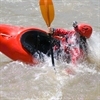

Safety
Impeccable safety record
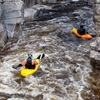

Expertise
Capability to run trips in remote and difficult regions
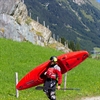

Equipment
State of the art equipment


Eco-sensitive approach
We conduct our courses in an eco friendly manner
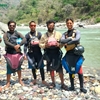

Team
Very competent, committed and cohesive team
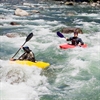

Personalized experience to guests
1:2 ratio between Instructors & Students - One instructor for two students
What our customers Say
Cancellation Policy
Cash refund
Cancellations up to 30 days prior to departure date
Cancellations between 30 days to 15 days prior to departure date
Cancellations within 15 days prior to departure date
Voucher refund
Cancellations up to 5 days prior to departure date
Cancellations within 5 days prior to departure date
- Cash refund is applicable only in case of bookings made without using any promotional offer code or vouchers
- This is only a brief of cancellation terms. For finer details please refer Detailed Cancellation Policy.
Blog Posts
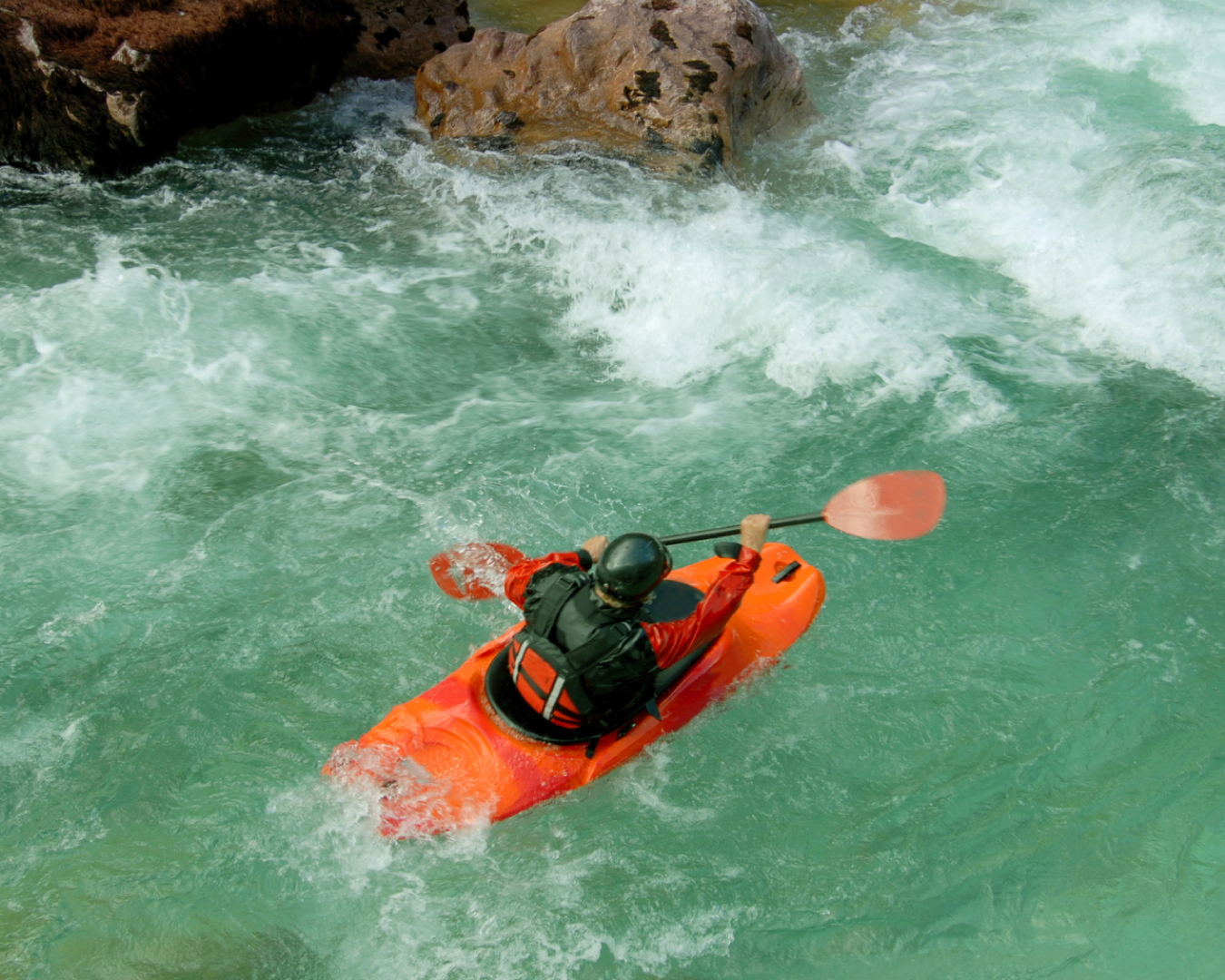
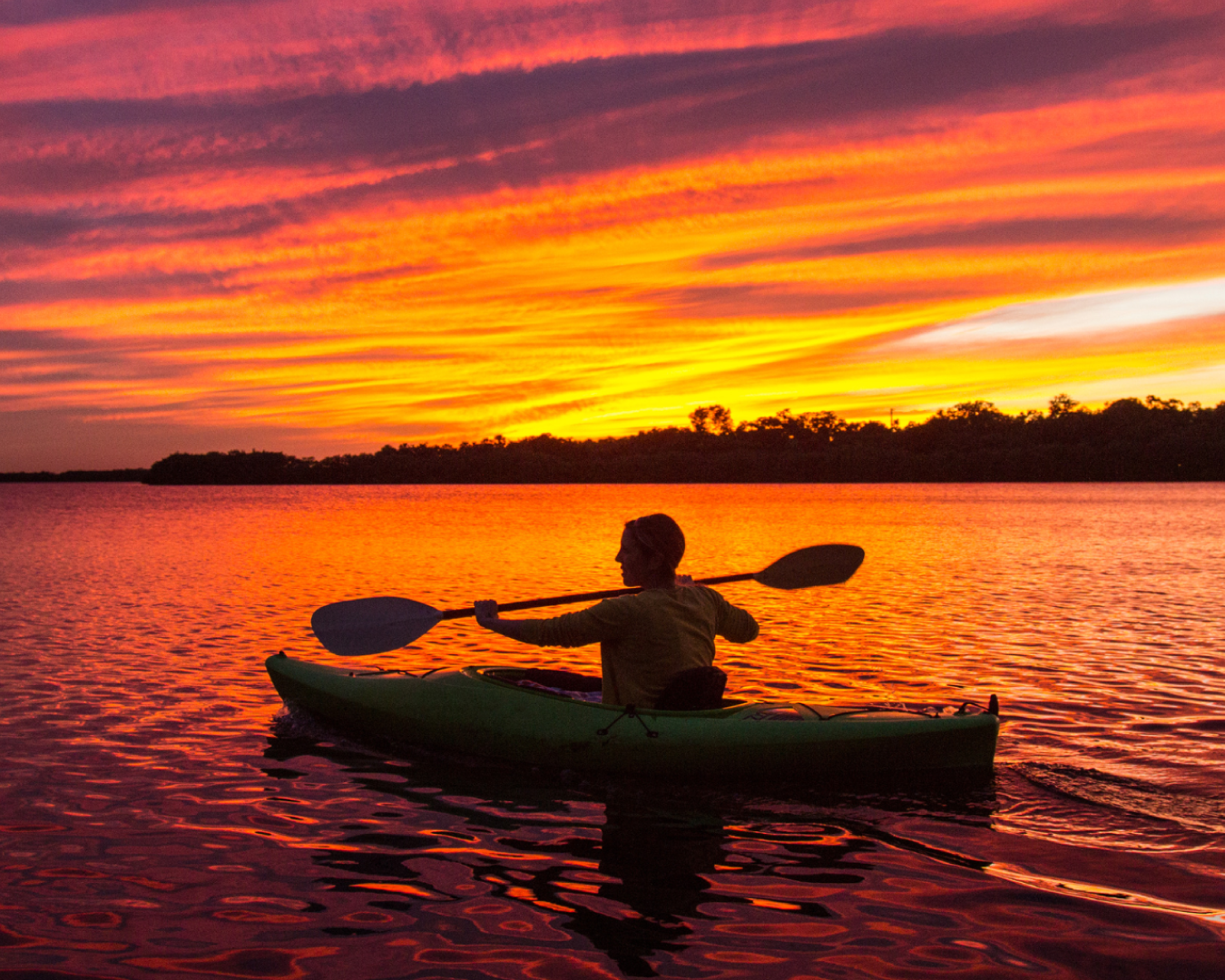
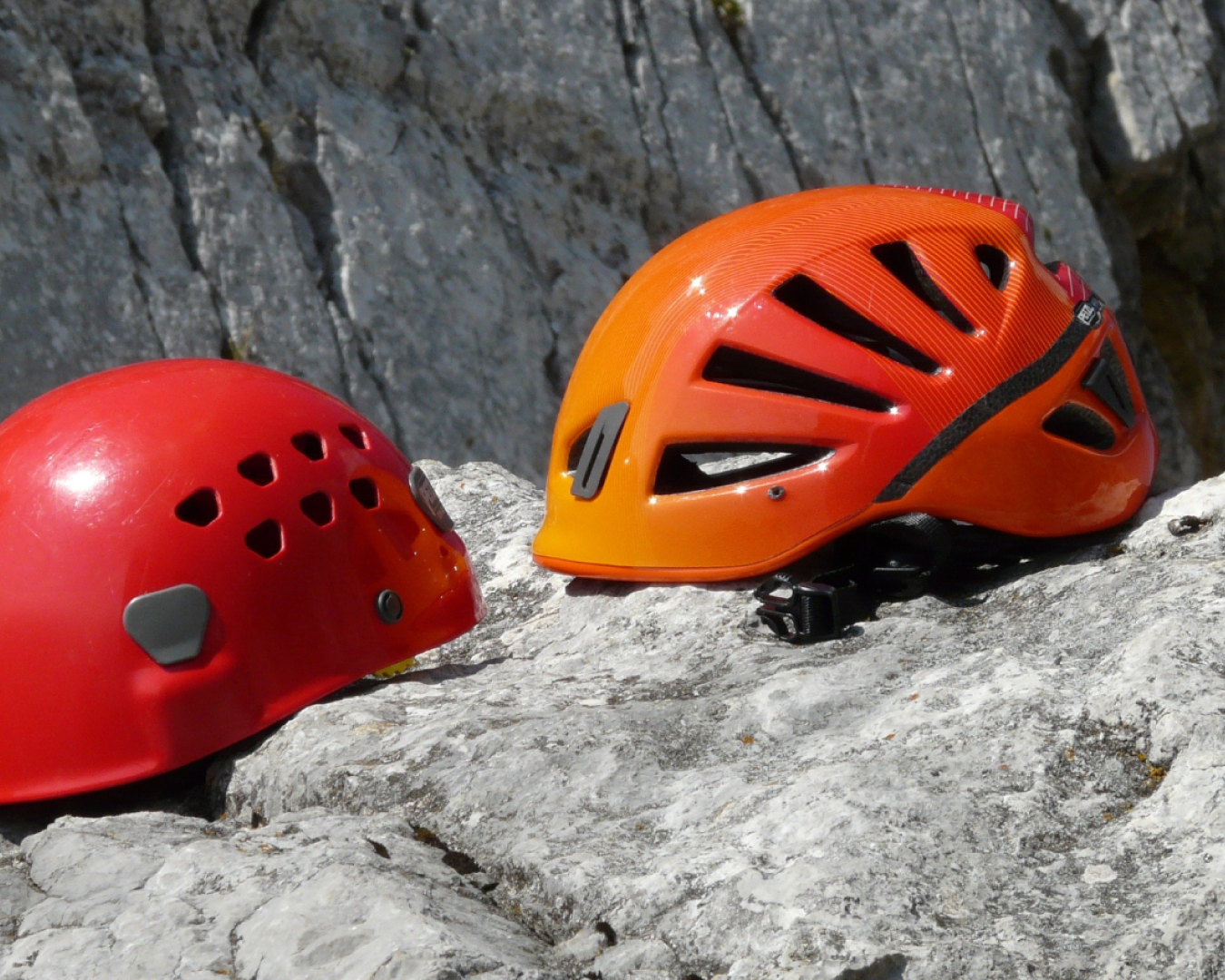
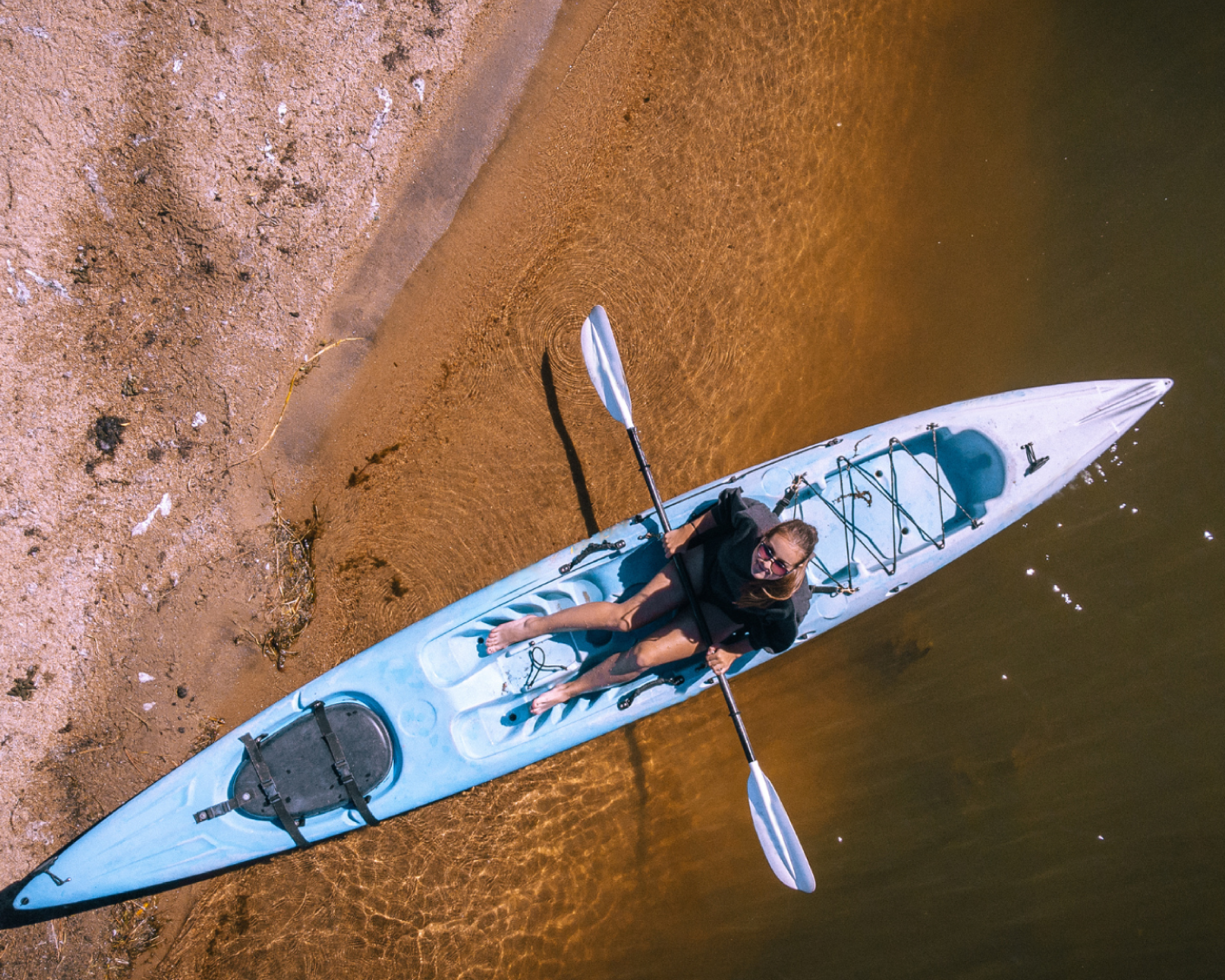
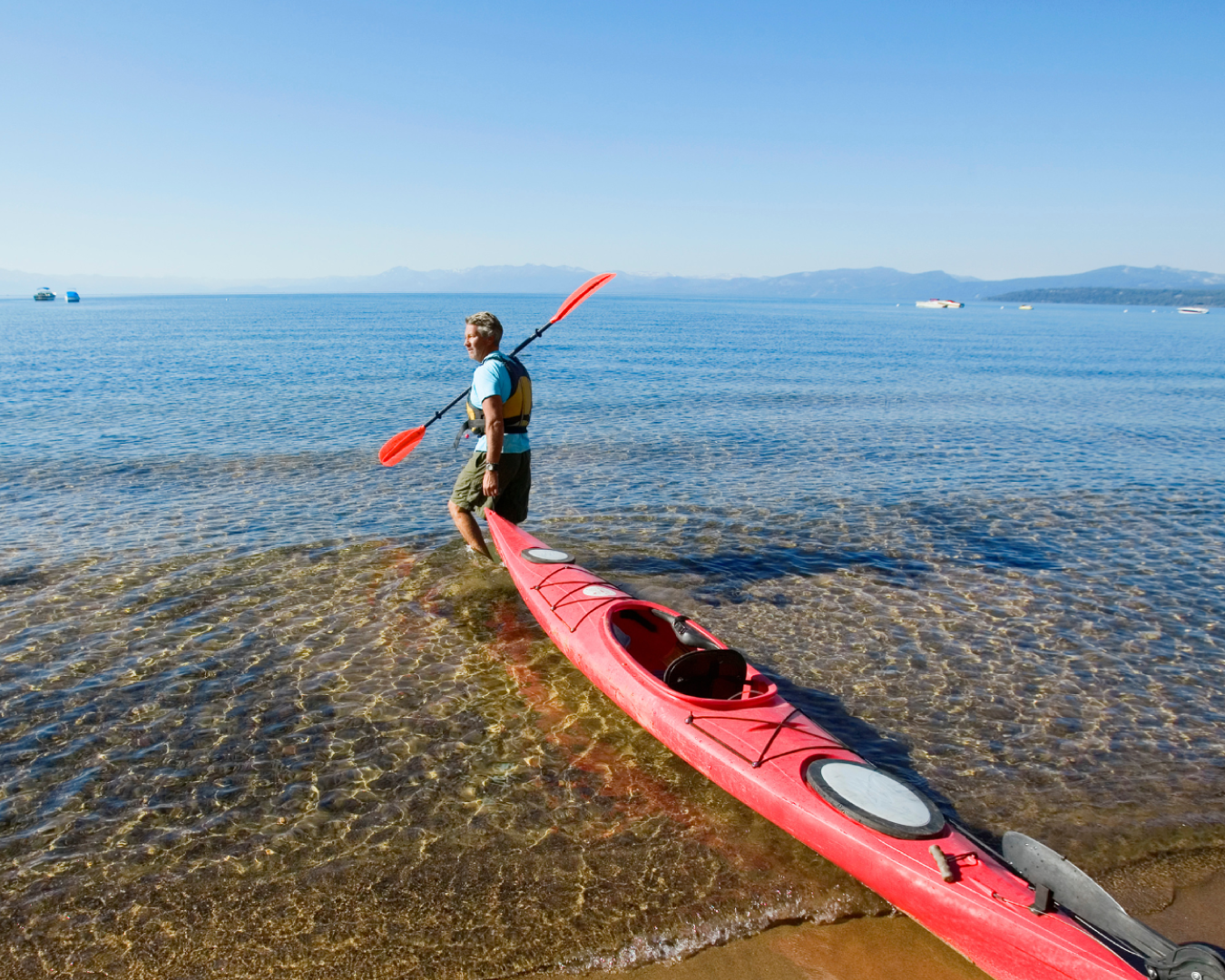
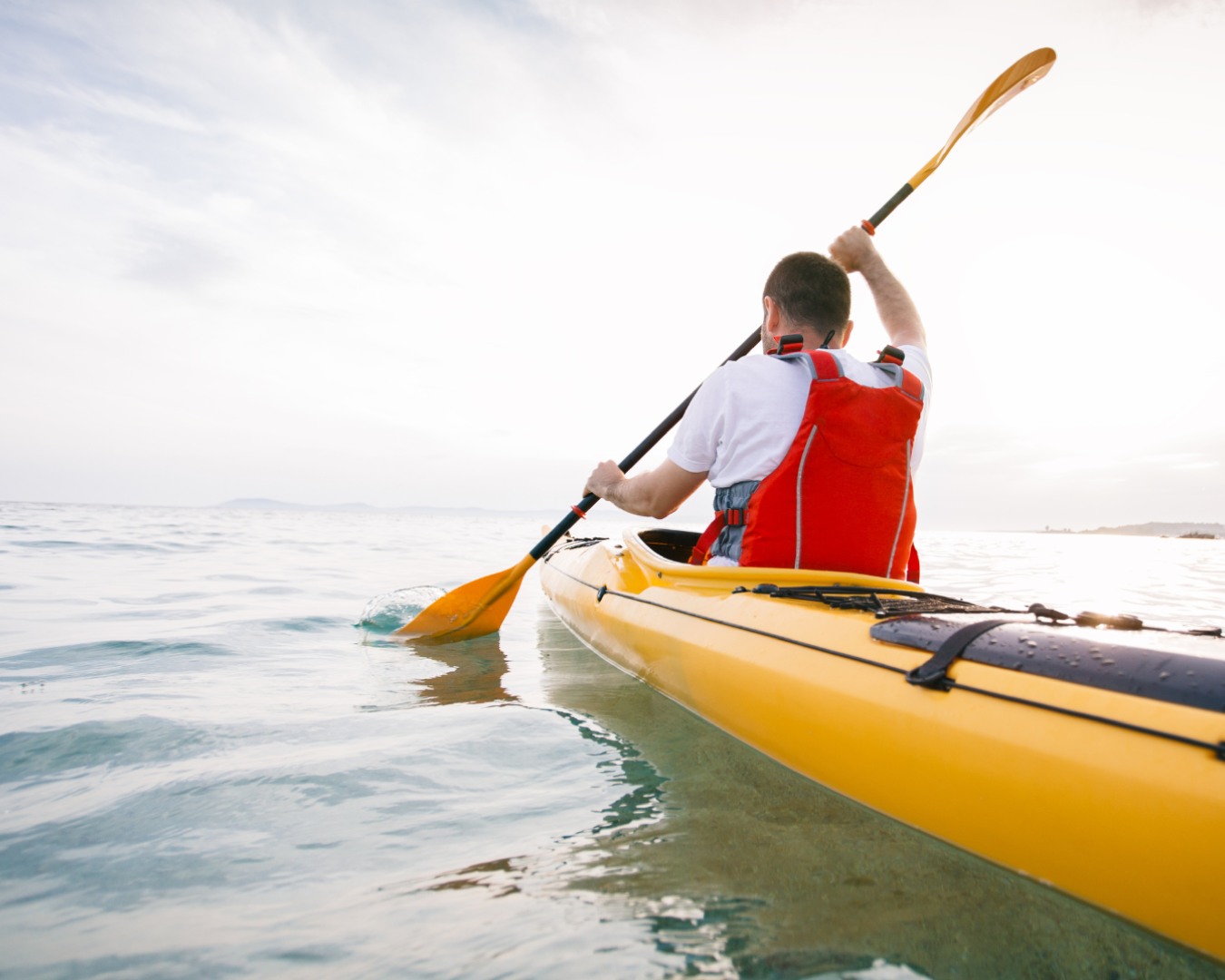
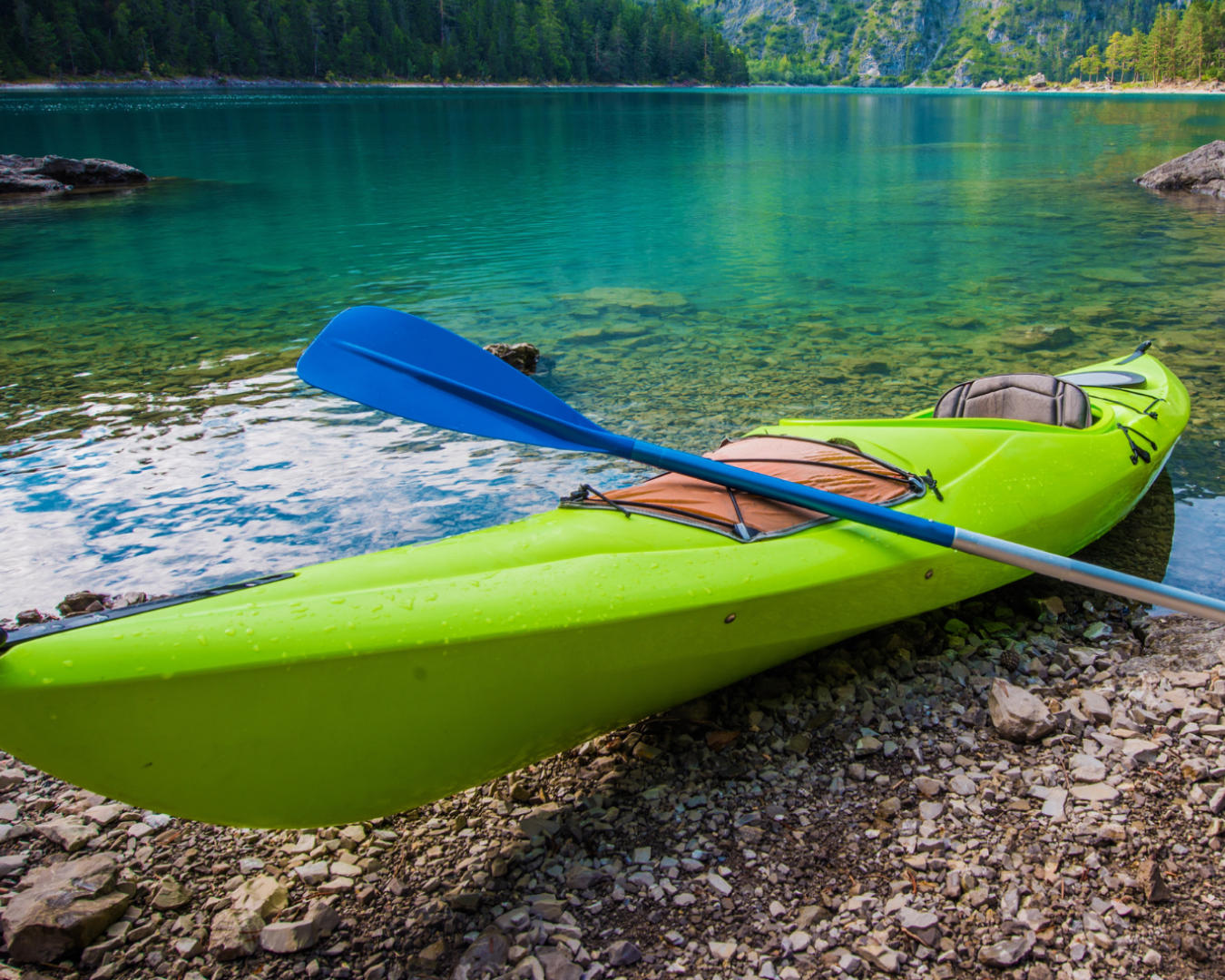
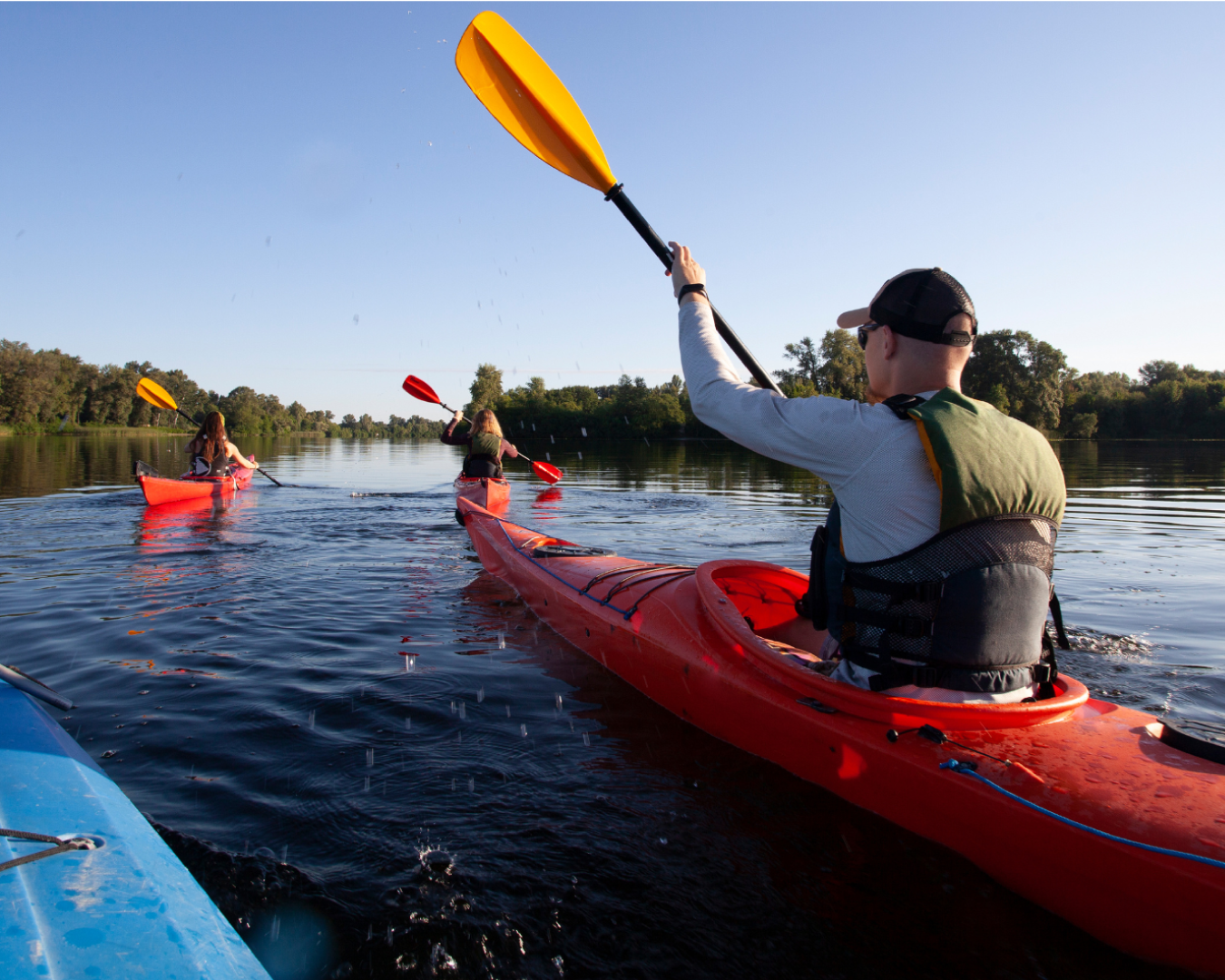
Similar Adventures
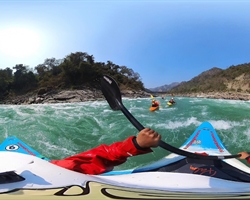
Basic kayaking Course
Learn Kayaking in just 4 Days - For Absolute Beginners
Uttarakhand
4 Days
BRS 5
340 m
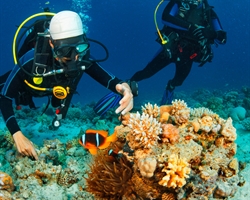
Open Water Scuba Diving Course
Your entry into the world of scuba certification, making you a certified scuba diver.
Pondicherry
4 Days
BRS 4
3 m
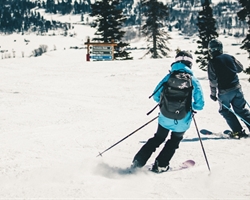
Basic Skiing Course - Gulmarg
Learn to Ski in 08 Days - For Absolute Beginners
Kashmir
8 Days
BRS 4
3780 m
